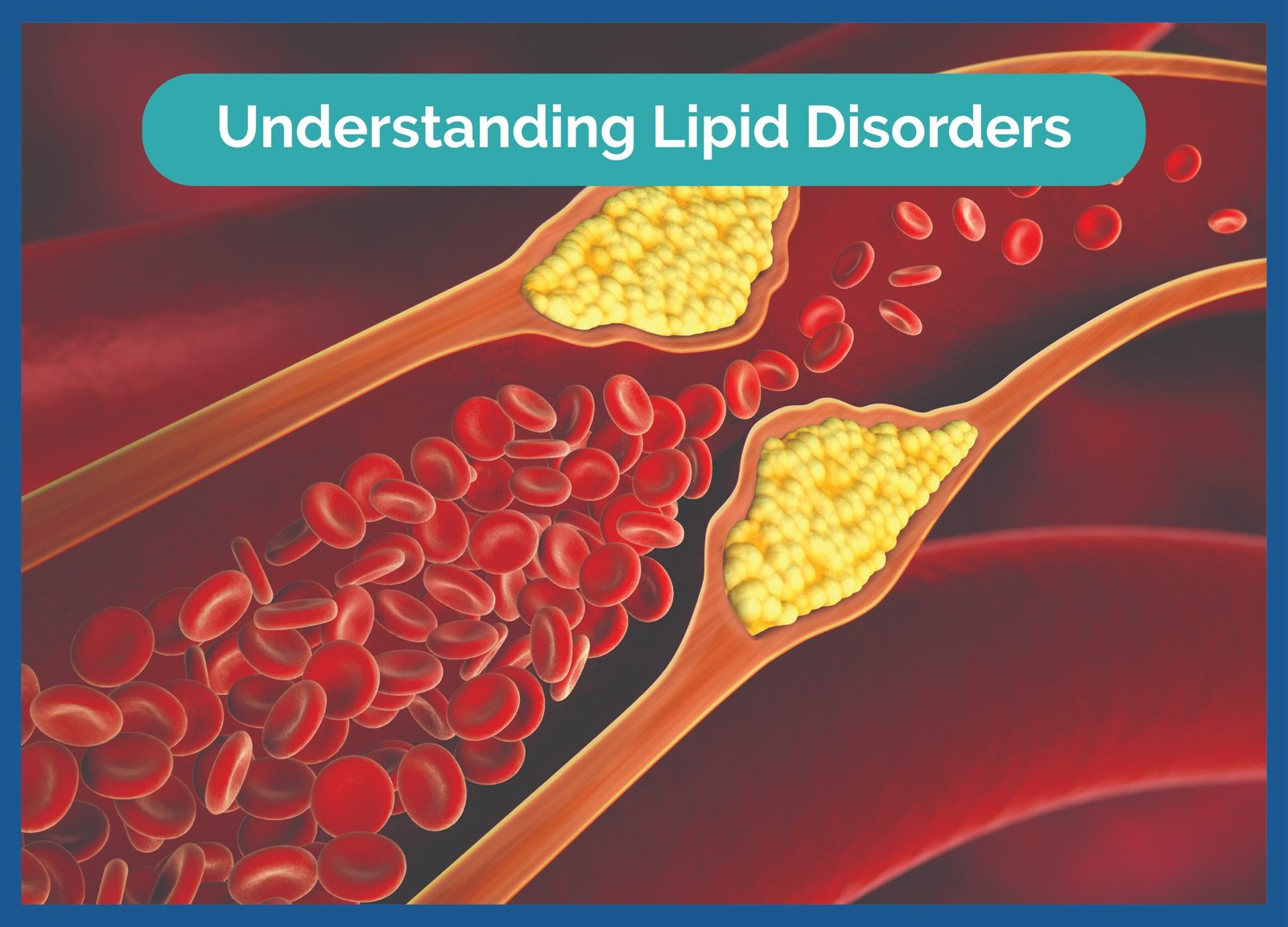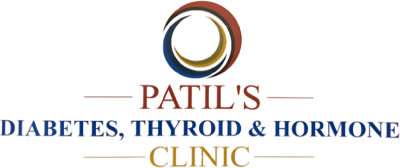Dr. Patil's Diabetes, Thyroid & Hormone Clinic | Dr. Himanshu Patil
Cholesterol and lipid disorders

Cholesterol and lipid disorders refer to conditions where there is an imbalance of lipids (fats) in the blood, such as cholesterol and triglycerides. These imbalances can increase the risk of cardiovascular diseases like heart attacks and strokes.
What Causes Lipid Disorders?
- Unhealthy Lifestyle: Poor diet, lack of exercise, smoking, and excessive alcohol consumption.
- Genetic Factors: Conditions like familial hypercholesterolemia.
- Medical Conditions: Diabetes, hypothyroidism, liver or kidney disease.
- Medications: Certain drugs like steroids or beta-blockers.
Understanding Cholesterol and Lipids
Cholesterol: A waxy, fat-like substance essential for producing hormones, vitamin D, and bile acids for digestion.
- Types:
- LDL (Low-Density Lipoprotein): “Bad” cholesterol; high levels can lead to plaque buildup in arteries.
- HDL (High-Density Lipoprotein): “Good” cholesterol; helps remove LDL from the bloodstream.
- VLDL (Very-Low-Density Lipoprotein): Another “bad” cholesterol; carries triglycerides.
- Types:
Triglycerides: A type of fat stored in the body for energy. High levels can also contribute to cardiovascular risk.
Symptoms of Lipid Disorders
Most lipid disorders are asymptomatic but can lead to complications such as:
- Chest pain or angina (from narrowed arteries).
- Xanthomas (fatty deposits under the skin).
- Pancreatitis (in severe hypertriglyceridemia).
- Cardiovascular events (heart attack, stroke).
Diagnosis
- Lipid Profile Test: Measures LDL, HDL, total cholesterol, and triglycerides.
- Normal levels (may vary slightly by source):
- LDL: <100 mg/dL (optimal).
- HDL: >60 mg/dL (high, protective).
- Triglycerides: <150 mg/dL (normal).
- Total cholesterol: <200 mg/dL (desirable).
- Normal levels (may vary slightly by source):
Treatment for Lipid Disorders
Lifestyle Changes:
- Healthy Diet:
- Focus on whole grains, fruits, vegetables, lean proteins, and healthy fats.
- Avoid trans fats, saturated fats, and excessive sugar.
- Exercise: At least 30 minutes of moderate activity most days.
- Weight Management: Reducing body weight can significantly lower LDL and triglycerides.
- Quit Smoking and Limit Alcohol: Helps improve HDL levels.
Medications:
- Statins: Lower LDL and reduce cardiovascular risk (e.g., atorvastatin, simvastatin).
- Fibrates: Reduce triglycerides (e.g., fenofibrate).
- Ezetimibe: Reduces cholesterol absorption in the intestine.
- PCSK9 Inhibitors: Lower LDL significantly for high-risk patients.
- Omega-3 Fatty Acids: For managing high triglycerides.
Monitoring and Follow-Up:
- Regular lipid profile tests to track progress.
- Assess for side effects of medications, like muscle pain or liver function issues.
